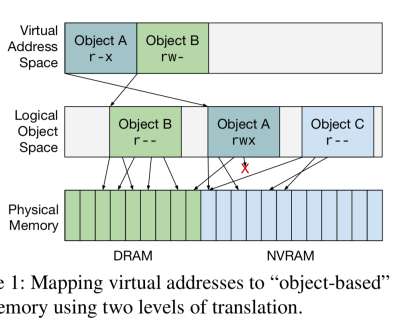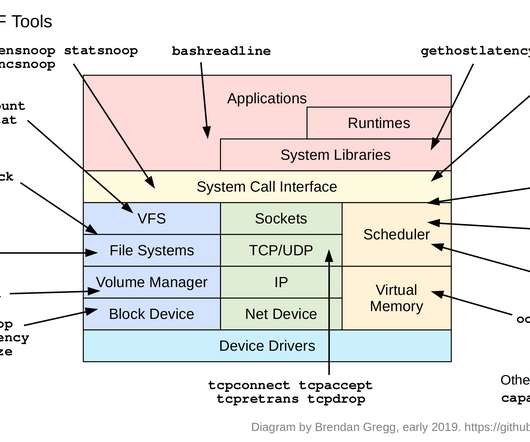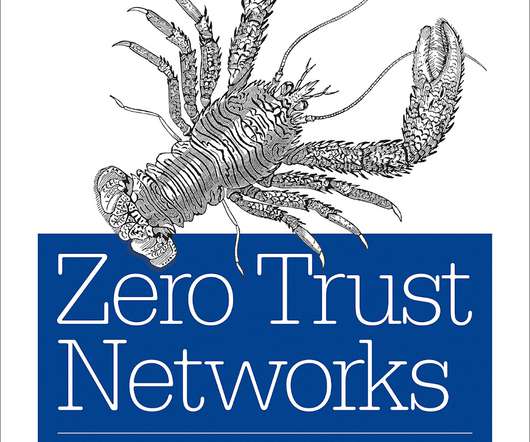Balancing Low Latency, High Availability, and Cloud Choice
VoltDB
MAY 14, 2024
Balancing Low Latency, High Availability and Cloud Choice Cloud hosting is no longer just an option — it’s now, in many cases, the default choice. Low usage or over-engineered legacy systems Until the arrival of cloud hosting, nobody knew how to size anything properly, or they did know but never got a chance to. Why are they refusing?








































Let's personalize your content